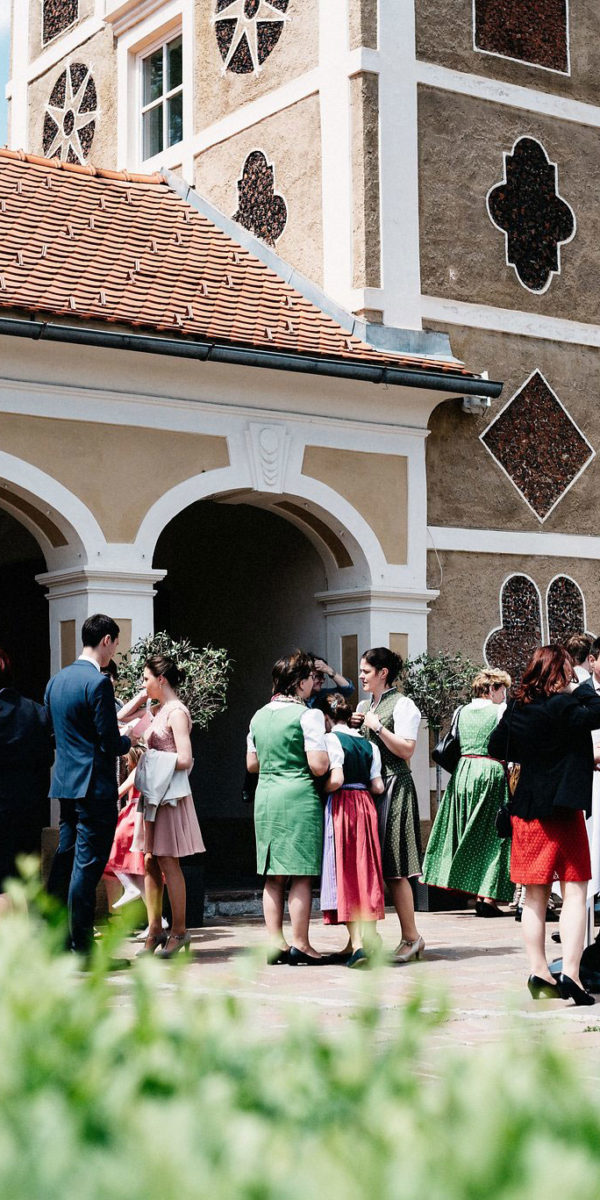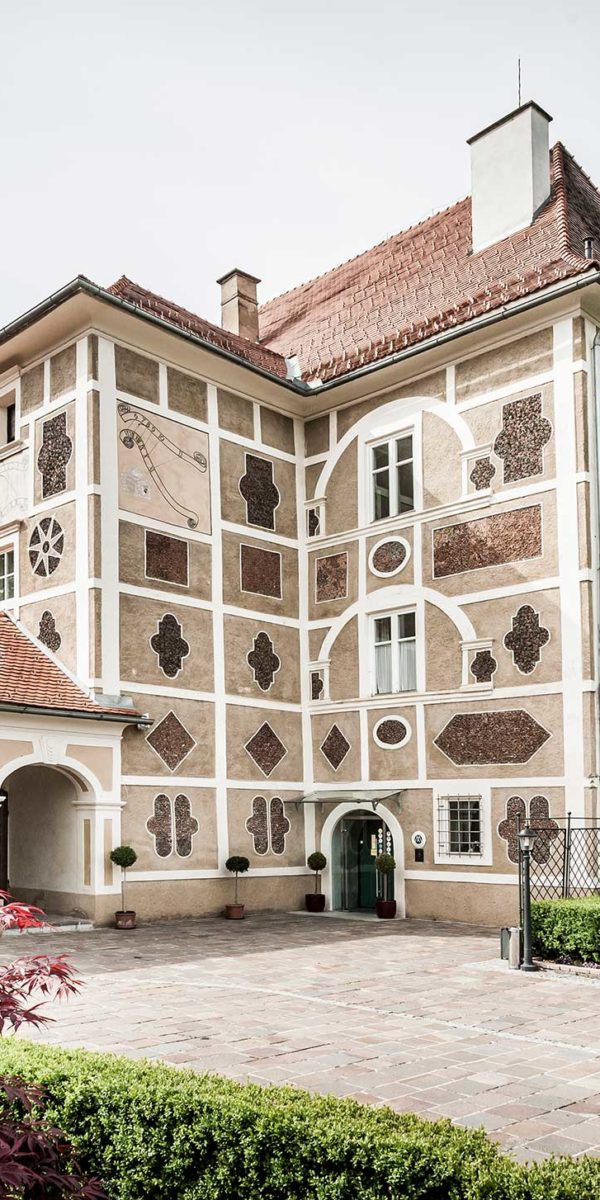
The charming property with Tuscan flair invites visitors to linger

The castle
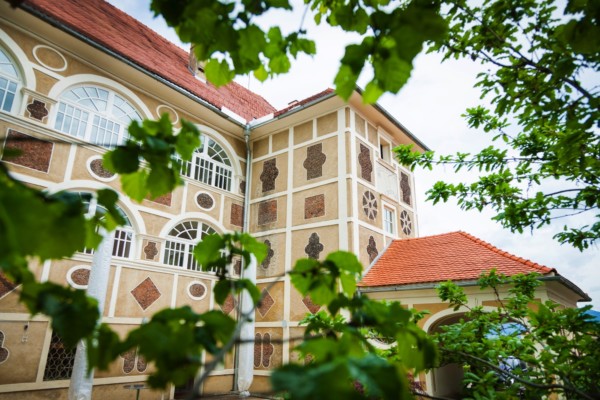
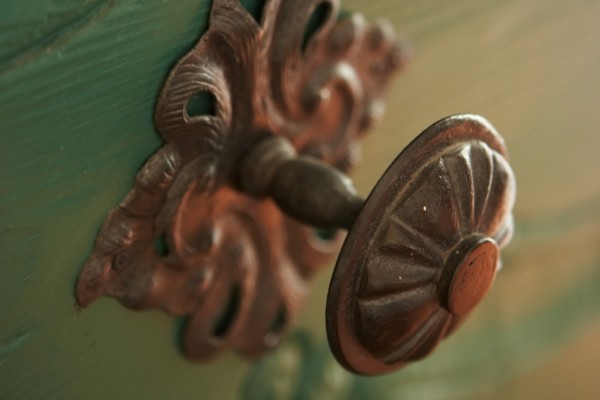
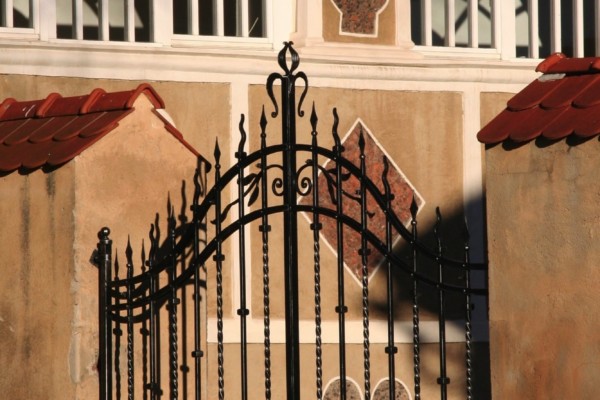
Wandering the gardens
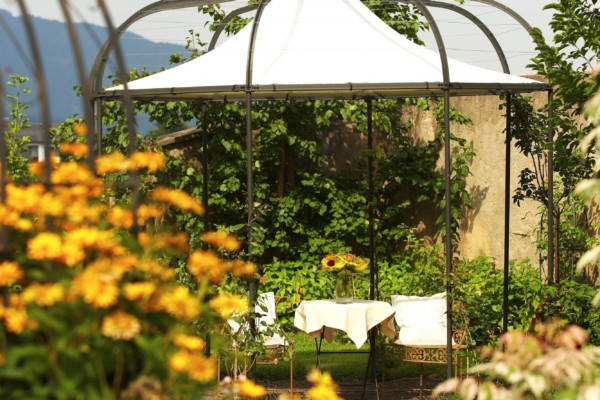

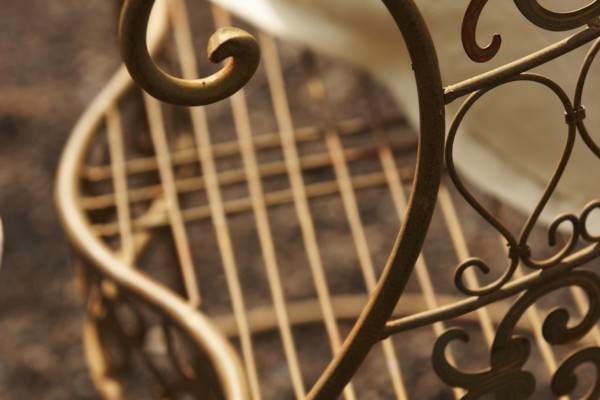
Interiors
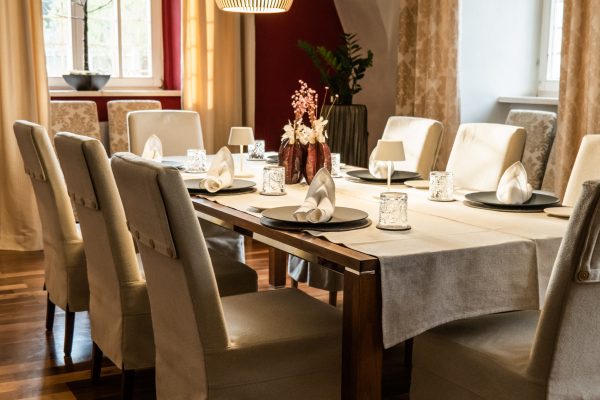
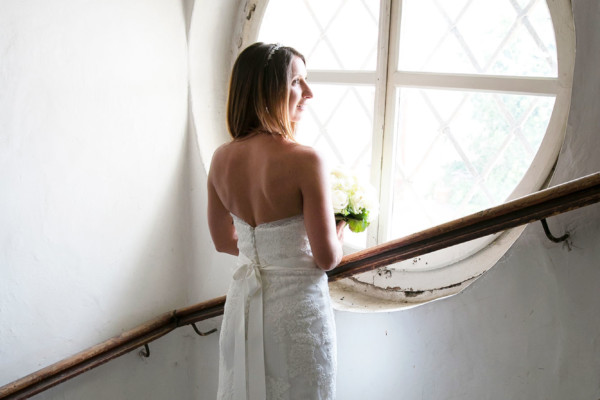

There are many stories about the castle.
Perched on a ridge above the idyllic village of Farrach-Zeltweg, the beautiful castle is rich in history dating back to the 17th century.

So the story begins…
1670
The estate was erected during the 1670s under Carl Friedrich, baron of Teuffenbach. The castle is a real architectural gem featuring a unique façade and beautiful Italian Renaissance style arcades. A feudal manor with own courts and law code existed on the site long before the castle itself was constructed. The latter was designed as a summer residence for the baron’s family.
1797
In 1797, shortly before signing the Preliminary Treaty of Leoben, Napoleon Bonaparte spent the night at the castle while passing through the area.
1856-1939
Castle brewery of Farrach
A significant feature of the 19th century was the growing output of breweries in central Europe. In 1856, merchants of the nearby town Judenburg converted Schloss Farrach into the most modern brewery of Styria with state-of-the-art facilities. Unfortunately though the desired commercial success failed to appear and the whole business was sold to Max Kober, a master brewer who later re-established the brewery of Göss. In 1908 the brewery of Farrach was consumed by flames, leading to the employees and brewery facilities to be taken over by the branch office in Leoben.
Conrad Seidl, a journalist and leading authority when it comes to Austrian beer, believes that had the brewery of Farrach not been burnt to the ground, the popular Styrian beer brand “Gösser” would probably be called “Farracher” today.
1989-present
A selected group of experts carefully renovated the castle over the course of several years, turning it into a popular venue for cuisine, arts and culture. Since 1986 the estate has been privately owned by a family of Zeltweg and led as a family business. A renowned restaurant was established on the ground floor of the castle.
Architectural
particularities
Double Staircase
In the 17th century, Schloss Farrach was one of the most modern castles in Europe. A half-turn double staircase with two sets of stairs leading in opposite directions was not common and is considered an architectural rarity until this day. Similarly, the unique stairwell and the convenient servant’s entrance were unusually modern for the time. Since 1989, the castle has been completely renovated and refurbished.
Façade
The exceptional mosaic was designed using fragments of tiles and cinder (waste left over after the re-sorting of coal).
In 1989, the façade was reconstructed in facsimile by experts of the Austrian Federal Monuments Office. The professionally restored façade is unique in Austria.
Groin vault
The foyer and stairwell of the castle feature a beautiful groin vault roof. The interiors are adorned with artistic stuccoes. The stucco ceiling of the theatre hall is particularly striking. Even back in the 18th century, the impressive theatre hall hosted cultural events.
Castle chapel
Richly colored frescoes of Mary decorate the ceiling of Schloss Farrach’s castle chapel. In 1990 the chapel’s original Baroque altar was newly renovated. At that time, the then bishop of Styria consecrated the chapel. Until this day, the chapel remains open for baptism services, marriages and other celebrations.
Building orientation
On every floor the rooms are equipped with connecting doors. Additionally, the rooms to be hired all have separate entrances. The castle still features two tiled stoves, including one that was constructed in the 17th century. All living spaces were aligned to the north. Open arcades with tiled floors dominated the south side.

